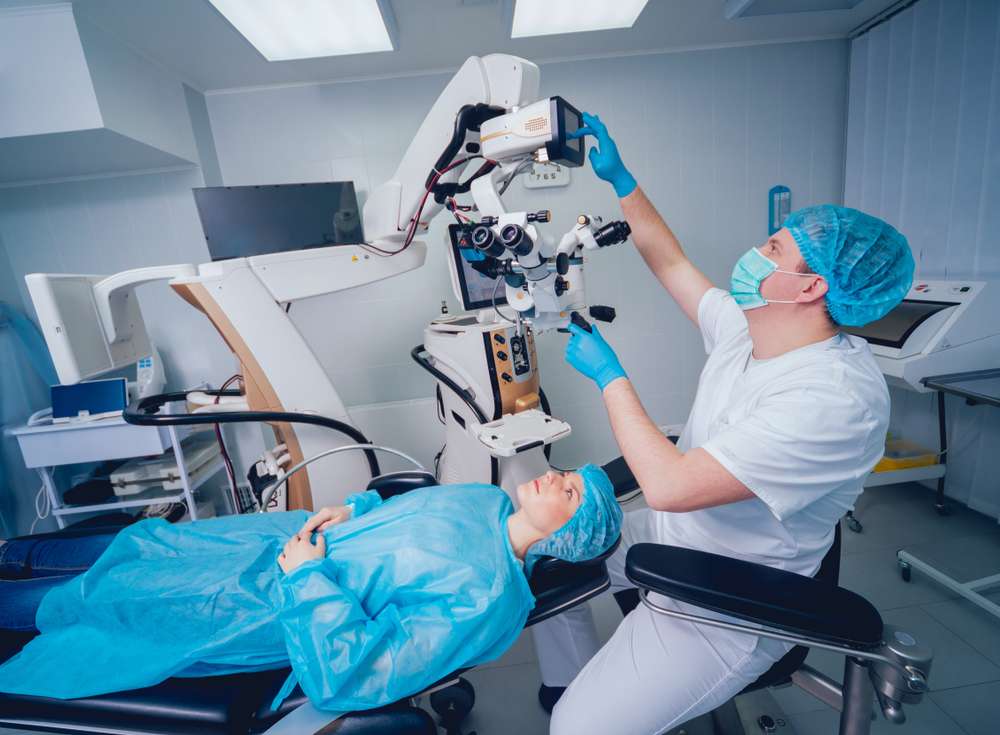Tummy Tuck Guide: Procedure, Risks, Recovery & Costs
Considering a tummy tuck (abdominoplasty)? This comprehensive guide explains who benefits most, the procedure itself, recovery expectations, common risks, and typical costs so you can decide confidently. Learn what to ask at your surgeon consultation and how to prepare for surgery and recovery.

A tummy tuck, medically known as abdominoplasty, is a surgical option for people seeking to remove excess skin and fat from the midsection and tighten the abdominal muscles. When diet and exercise don’t restore a firmer stomach—after pregnancy or significant weight loss—this operation can reshape the abdominal contour. It’s a major surgical procedure, so understanding candidacy, possible complications, recovery, and expense is essential before moving forward.
Who makes a good candidate?
The best candidates are generally healthy adults who have localized excess skin or stubborn fat around the abdomen that hasn’t responded to lifestyle changes. Typical examples include women post-pregnancy with stretched abdominal muscles, and individuals who’ve lost a large amount of weight and are left with loose skin. Ideal candidates are at or near their target body weight, do not smoke, and have realistic expectations about outcomes. A tummy tuck is not a substitute for weight loss or a healthy lifestyle; it’s a body-contouring procedure intended to refine the midsection rather than treat obesity.
Risks and potential complications
Like any operation requiring anesthesia, abdominoplasty carries inherent risks. General surgical complications include infection, bleeding, blood clots (deep vein thrombosis), and adverse reactions to anesthesia. Specific to tummy tucks are risks such as fluid collection under the skin (seroma), delayed or poor wound healing, changes in skin sensation (numbness or hypersensitivity), and aesthetic issues like asymmetry or contour irregularities. Scarring is inevitable—incisions typically fade but can remain visible. Following your surgeon’s pre- and post-op instructions closely reduces risk, and candid conversations with your surgeon about your medical history will help identify and mitigate personal risk factors.
Recovery timeline and aftercare
Recovery varies by individual and by the complexity of the procedure. Most people will require around two weeks away from work for basic rest and wound care, although physically demanding jobs may need a longer absence. Strenuous exercise and heavy lifting should generally be avoided for at least six weeks. In the immediate postoperative period, expect pain, swelling, and bruising; pain is controllable with prescribed medications. Surgeons often recommend compression garments to reduce swelling and support healing. Follow-up visits are important for drain removal (if used), wound checks, and monitoring healing. While most improvements are visible within a few months, the final contour and scar maturation can take up to a year.
What to expect during the consultation
Your preoperative consultation is the chance to assess whether abdominoplasty aligns with your goals and to confirm medical fitness for surgery. The surgeon will review your medical history, current medications, and any prior surgeries. They’ll evaluate your abdominal skin, fat distribution, and muscle condition, explain the surgical technique best suited for you, and discuss realistic outcomes. Expect to review before-and-after photos, ask about the surgeon’s experience and complication rates, and clarify where the operation will be performed (hospital vs. accredited surgical center). Ask about anesthesia type, length of surgery, expected recovery timeline, and specifics of post-op care. Surgeons may provide a tailored plan, including preoperative preparation and postoperative instructions.
Typical costs and pricing comparison
Surgery cost depends on the surgeon’s expertise, geographic location, facility fees, anesthesia, and the extent of the procedure. Additional expenses—such as laboratory tests, medications, compression garments, and possible revision procedures—may not be included. Many practices offer financing options to spread payments, but it’s important to prioritize surgeon qualifications and safety over price alone.
| Provider | Location | Average Cost Range |
|---|---|---|
| American Society of Plastic Surgeons | United States | $6,154 - $8,000 |
| RealSelf | United States | $8,275 - $12,000 |
| Transform | United Kingdom | £5,995 - £7,050 |
| MYA Cosmetic Surgery | United Kingdom | £6,495 - £7,495 |
| CosMediTour | Australia | AUD 8,000 - AUD 15,000 |
Prices, rates, or cost estimates mentioned are based on the latest available information but may change over time. Independent research is advised before making financial decisions.
Making an informed decision
A tummy tuck can produce dramatic improvements in abdominal shape and confidence for the right person, but it involves real surgical risks and a recovery period that requires planning. Prioritize choosing a board-certified plastic surgeon with experience in abdominoplasty, verify the facility’s accreditation, and prepare practical support for your recovery at home. During consultations, be candid about your health history and lifestyle to help your surgeon recommend the safest approach. If you’re considering combining procedures (for example, liposuction or breast surgery), discuss how that affects risk, recovery, and cost.
This article is for informational purposes only and should not be considered medical advice. Please consult a qualified healthcare professional for personalized guidance and treatment.






